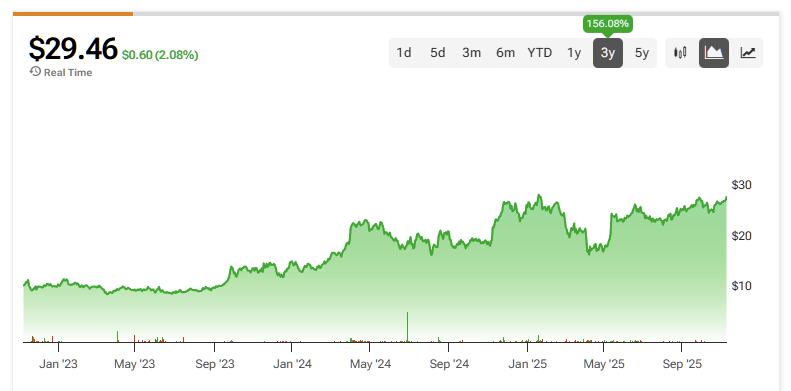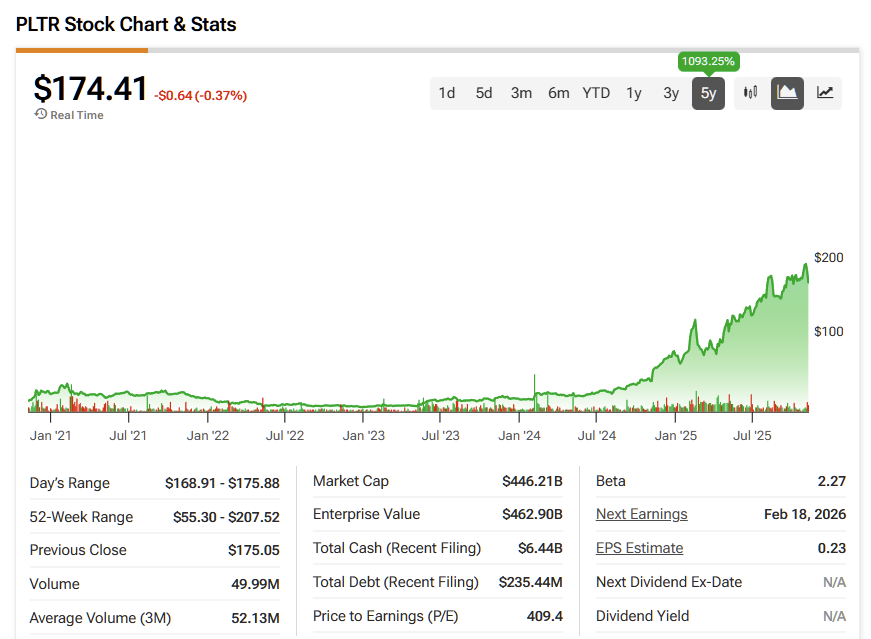Readers may remember Michael Burry, the legendary fund manager portrayed by Christian Bale in the Hollywood movie The Big Short. He was the man who saw the 2008 housing bubble before almost anyone else and made hundreds of millions of dollars for himself and his fund, Scion Asset Management, when the U.S. housing market crashed, triggering the global financial crisis in 2007-09.
Claim 70% Off TipRanks This Holiday Season
- Unlock hedge fund-level data and powerful investing tools for smarter, sharper decisions
- Stay ahead of the market with the latest news and analysis and maximize your portfolio's potential

Almost two decades later, Burry is back in the headlines with a new bearish bet — this time targeting two of the most celebrated names in artificial intelligence (AI): Nvidia (NVDA) and Palantir Technologies (PLTR).
Through put options, he’s positioning to profit handsomely if either stock takes a sharp tumble. Given Scion’s track record over the past decade — and Burry’s uncanny knack for spotting bubbles before they burst — it’s no surprise that market watchers are paying close attention to his latest move.
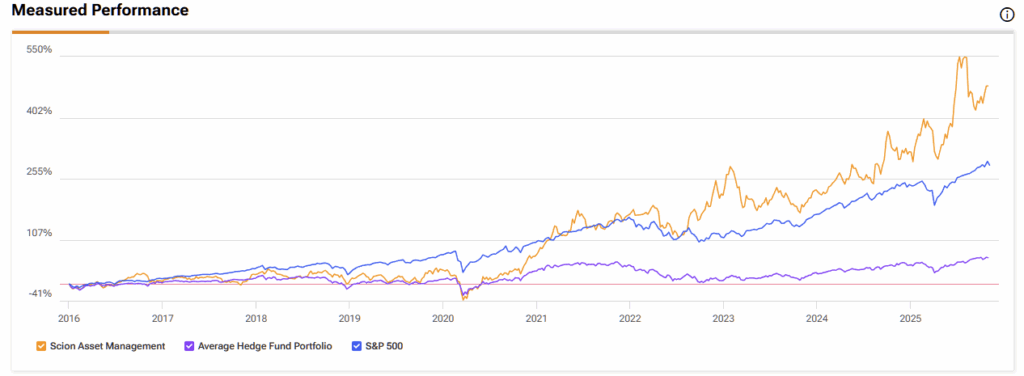
While I understand his reasoning, I don’t think his short thesis is guaranteed to play out soon. In fact, I remain moderately Bullish on both stocks for the foreseeable future. However, it is difficult to argue against the logic behind Burry’s idea; the critical question is the timing.
Rumors of a Crash Are Bubbling
During the 2008 financial crisis, Burry personally made around $100 million, while his fund earned an astonishing $700 million from its short positions. At the time, almost everyone thought he was mistaken — until the market proved him right.
This time around, the potential payout may not reach those Hollywood-worthy heights, but it could still be substantial. Although the details of his current put options are undisclosed, filings suggest the underlying positions represent $187 million in Nvidia and $912 million in Palantir stock.
To illustrate, if Burry spent $5 per contract to secure puts against 5 million Palantir shares, that would be a $25 million outlay. If Palantir’s stock were to drop from $190 to $100, those puts (granting the right to sell at $190) would be worth $90 each, thereby turning a hypothetical $25 million into $425 million — a 17x return before taxes.
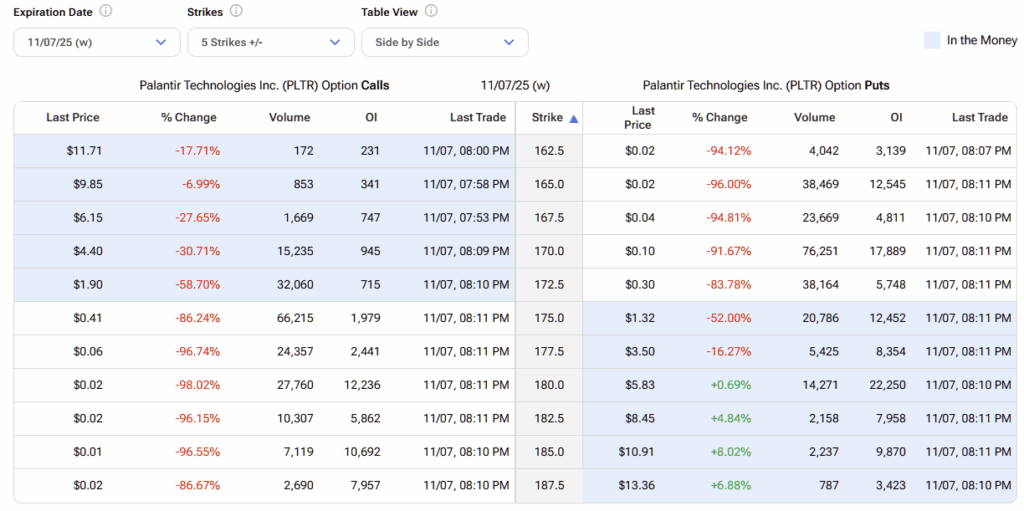
The AI Hype May Hit a Speed Bump
Talk of an AI bubble has intensified as valuations across the sector stretch to dizzying heights. Adding to that concern, major U.S. grid operators such as PJM Interconnection (PJM) and the Electric Reliability Council of Texas (ERCOT) are warning that the explosive energy demand from AI data centers is beginning to strain existing infrastructure.
An energy supply crunch doesn’t signal the end of the AI boom, but it does point to considerable short-term volatility and insecurity about the long-term future. Unless hyperscale cloud providers rapidly expand their infrastructure overseas — a move slowed by regulation and permitting delays — bottlenecks could temporarily cap AI’s growth momentum.
I’m Staying Bullish (and Hedged)
As a shareholder of both Nvidia and Palantir, I’m not dismissing Burry’s concerns. But I’m not following his path either. Instead, I’m hedging intelligently. Recently, I added Natural Gas Services Group (NGS) to my portfolio as a dual-phase hedge against AI-related energy shortages. Unlike Burry’s outright bearish bets, I remain bullish long-term on Nvidia and Palantir — but I want protection in case a correction hits.
Alongside NGS and First Solar (FSLR), I’m maintaining a 20% cash position. If markets tumble, these positions should cushion my downside — and the cash will enable me to acquire AI leaders at discounted prices.
Wall Street Loves Nvidia but Still Doesn’t Get Palantir
Wall Street analysts, as usual, are lining up strongly behind Nvidia, while taking a far more measured stance on Palantir. Nvidia’s coverage is almost unanimous on Wall Street: 37 Buys, one Hold, and not a single Sell rating. The consensus is a Strong Buy, with an average price target of $237.35, implying ~28% upside over the next 12 months.

In contrast, Palantir occupies a murkier middle ground for analysts. The defense-sector tech juggernaut has acquired two Buys, eleven Holds, and one Sell, translating to a consensus Hold rating and an average target of $187.87, implying ~8% in potential upside over the next twelve months.
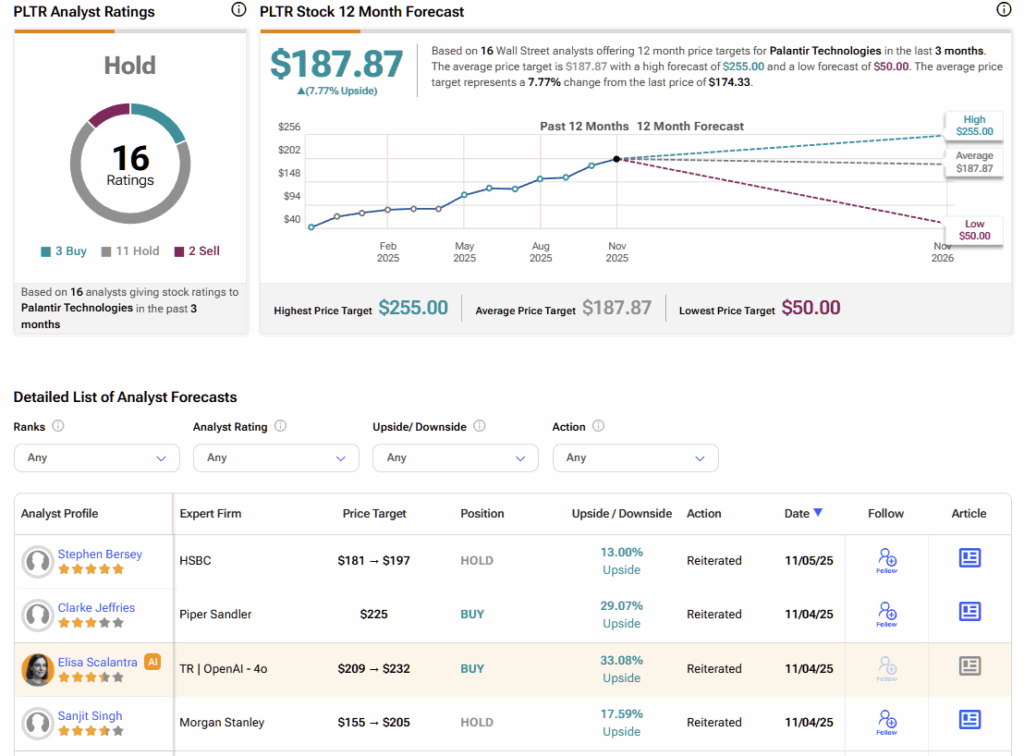
Notably, analysts have been wrong about Palantir before—on multiple occasions. Despite rating the stock a ‘Hold’ almost nonstop over the past five years, the stock has soared more than 1,000%.
That persistent underestimation highlights how Wall Street often struggles to properly value companies that defy traditional categories—particularly firms like Palantir, which operate at the intersection of technology and defense. So while the current consensus might seem lukewarm, seasoned investors know better than to take those ratings at face value.
Many Palantir bulls see the company today much like Amazon (AMZN) in 1997—at the embryonic stage of evolving into a global household name with a powerful competitive moat, poised to generate hundreds of billions in resilient, recession-proof cash flow over the long term.
Stay in AI but Keep Your Eye on the Ball
Michael Burry is often early — rarely wrong. But in markets, timing is everything, and being right too soon can feel a lot like being wrong. His put options on Nvidia and Palantir reflect legitimate medium-term risks — from mounting energy bottlenecks to sky-high valuations — yet those concerns don’t herald the end of the AI revolution. That’s somewhat premature, although by the same token, so too are the sky-high valuations of fast-growing names like Palantir, which may have also raced a bit too far ahead of their fundamentals and perhaps a little too prematurely into investors’ good graces.
Investors who bolt for the exits now risk missing the next major leg higher once the market shakes off its current anxiety about a so-called “AI bubble.” I count myself among the bullish camp staying long on AI’s long-term promise, but I’m not doing so blindly. I’m hedged by a healthy cash reserve, ready to pounce on any undervaluations that emerge if a correction hits. My recent additions in the energy sector further solidify my portfolio, providing insulation if my bullish AI thesis suffers a setback.
In short, I see where Burry’s coming from: his logic is sharp, his caution warranted. But this time, I’m choosing conviction over imitation.

















